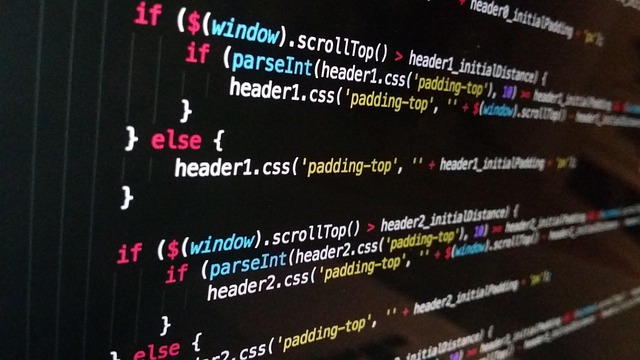The world of gaming has long transcended its origins, evolving into a vibrant tapestry that intricately weaves together the realms of technology, creativity, and competition. For developers, this evolution opens up a universe of opportunities, particularly within the rapidly growing sector of eSports. As a developer, understanding the dynamics of eSports can significantly elevate your game design and development strategies, allowing you to create experiences that not only entertain but also engage a competitive audience.
First and foremost, developers must recognize the importance of community within the eSports arena. While the game itself is crucial, the ecosystem surrounding it—ranging from forums and social media to live streaming platforms—is equally vital. Engaging with players and fans fosters loyalty and promotes your game organically. Designers should consider integrating features that support community building, such as clan systems, leaderboards, and even in-game events that encourage player interaction and competition.
Additionally, it’s essential for developers to understand the competitive gaming landscape. Players are not just looking for fun; they want to experience challenges that test their skills. Crafting balanced gameplay, fine-tuning mechanics, and ensuring a seamless competitive experience can set your game apart. Mechanics such as matchmaking algorithms, anti-cheat systems, and spectator modes are crucial elements that can enrich the competitive play and enhance viewer experiences.
Once a game is ready for the spotlight, developers should consider partnerships with established eSports organizations or sponsoring tournaments. This can provide invaluable exposure and attract a dedicated player base. It’s not just about creating a great game; it’s about positioning that game in the marketplace. Ensure that your title has a presence in the right channels, whether through strategic social media marketing, influencer partnerships, or participation in gaming conventions and expos.
Moreover, being adaptable is a skill every developer must hone. The gaming industry is notoriously fast-paced, and eSports trends can change overnight. Keeping a pulse on emerging trends—such as VR competitions or mobile gaming—is imperative. Regular updates and patches that respond to player feedback can keep your game fresh and relevant, showing your community that you care about their experience.
Finally, never underestimate the power of storytelling in gaming. Crafting a compelling narrative can elevate a player’s experience, making them feel deeply connected to the game. Whether it’s through character development or a richly woven plot that unfolds based on player decisions, storytelling can enhance a game’s appeal and draw in fans who are eager not only to play but to be part of a larger world.
In summary, the journey of a developer in the eSports world is multi-faceted and requires a blend of creativity, technical skill, and strategic thinking. By engaging with the community, understanding competitive dynamics, and continuously innovating, developers can carve out a successful niche in the ever-expanding eSports industry.




